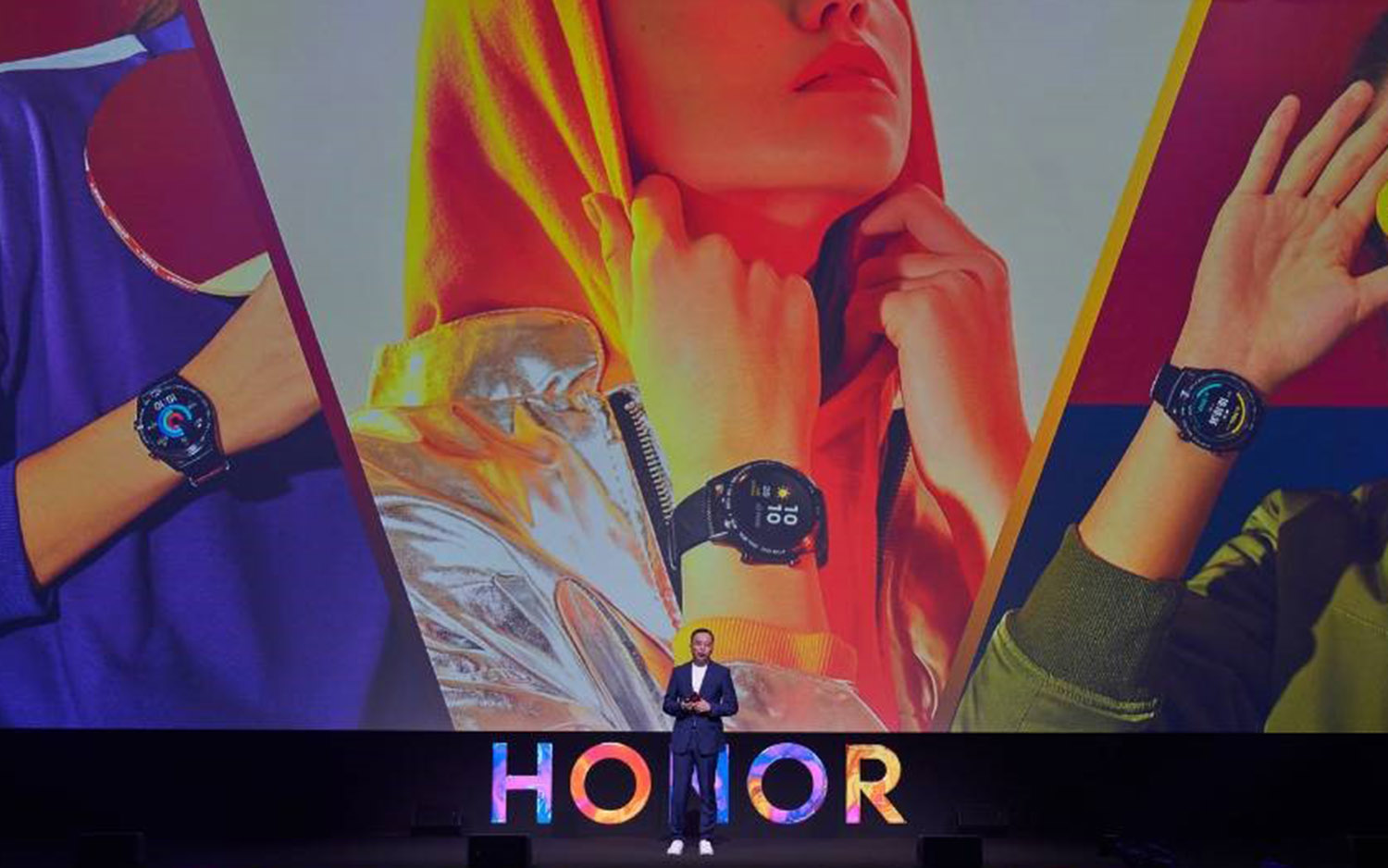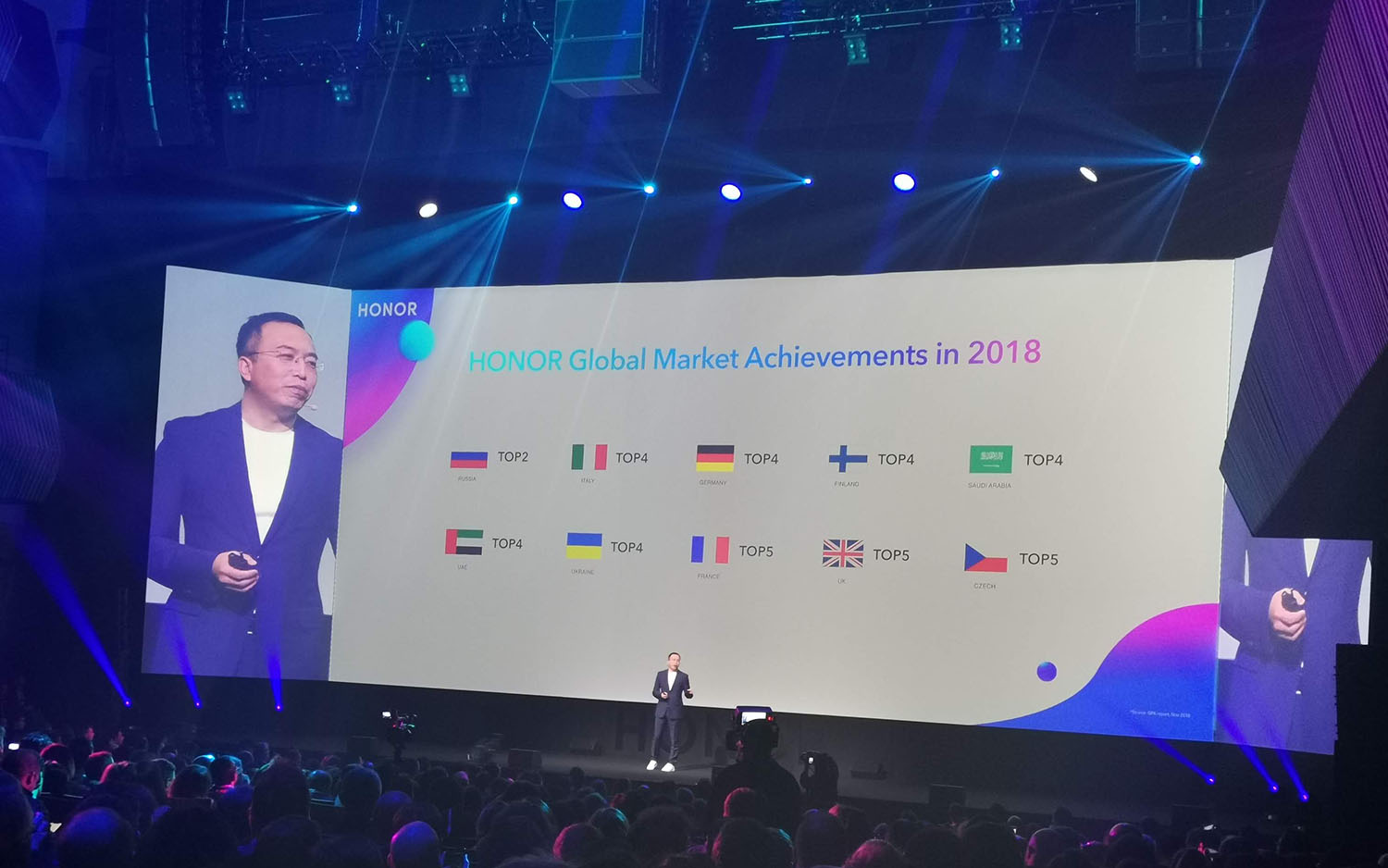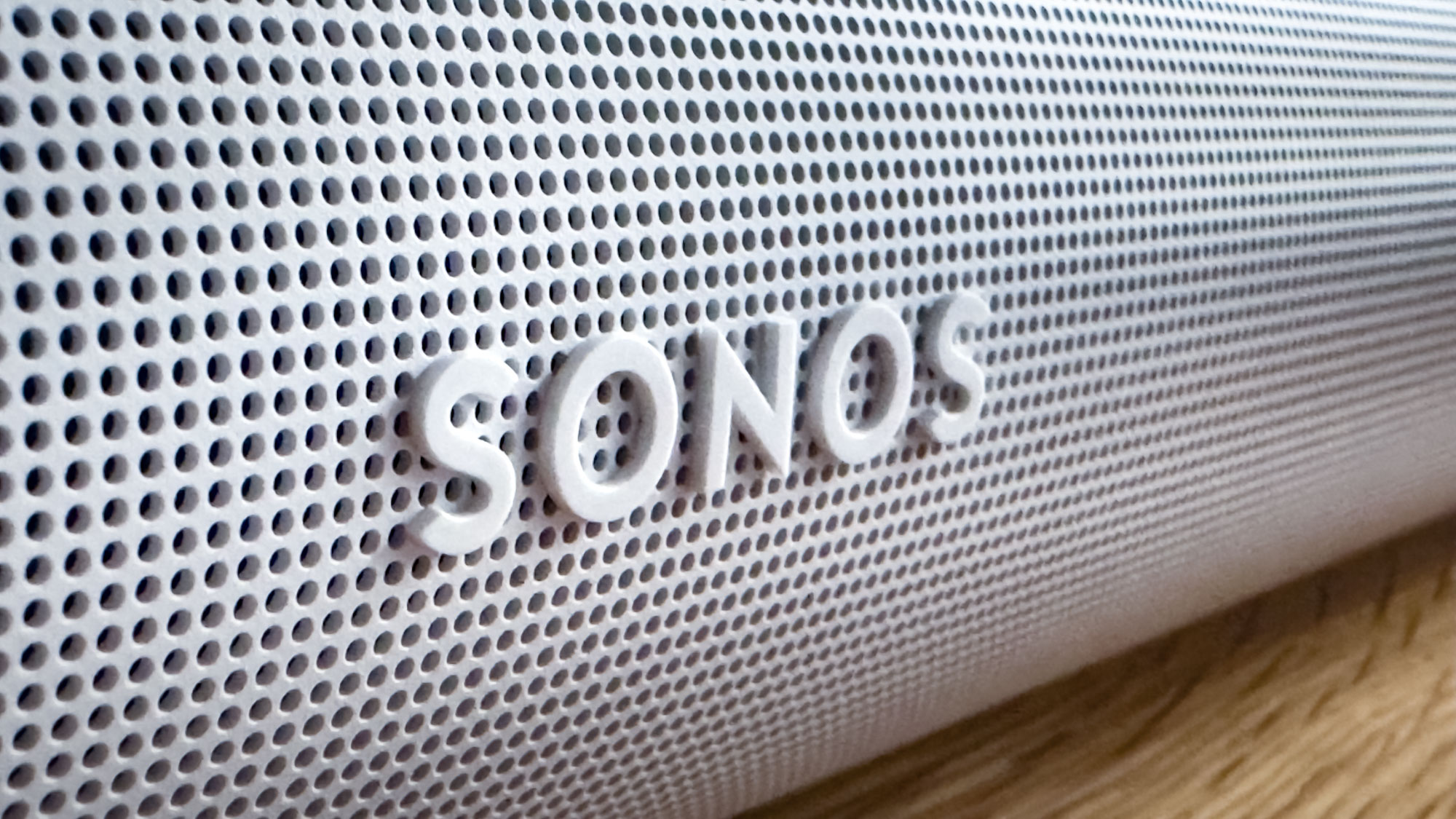Honor President: We're Done with Notches on Our Phones
In a candid interview, George Zhao explains all about Honor and its latest handset, the View 20.
Unlike other smartphone makers, Honor is riding high these days. The company has reported a 27.1 percent increase in sales, in a global smartphone market that has actually shrunk 3 percent, according to research firm IDC.

Honor, which is owned by Huawei, hopes to keep that growth up with its latest flagship handset that debuted in the past week. The Honor View 20 is a midpriced smartphone with premium specs, the icing on the cake being its record-breaking 48-megapixel camera sensor.
In a candid interview, George Zhao, Honor’s president, spoke to Tom's Guide about the importance of this phone for Honor and where his company stands on everything from foldable phones (not a fan), notches (again, not a fan) and the U.S. (a big fan, but don't expect the View 20 anytime soon).
Other highlights of the interview include:
- Why other phone makers are struggling with hole-punch cameras.
- The reason the headphone jack is here to stay.
- The unreliability of in-display fingerprint scanner.
- Why the future of camera technology in phones is AI.
Tom's Guide: How long have you been working on the View 20's All-View display and how do you see it evolving in the future?
George Zhao: We spent quite a long time studying the pinhole and [time of flight] 3D camera technology. We had to decide whether we selected a notch, a dewdrop in the middle or the pinhole. It was a year ago [when] we decided to go in this technical direction.

Honor is a brand for young people, and they use smartphones for games and video, so we considered the best way to serve the selfie user and not impact the user experience. The notch really impacts the experience. Most of the time the pinhole is invisible and it doesn’t impact on what you are doing.
Get instant access to breaking news, the hottest reviews, great deals and helpful tips.
We faced a challenge, however. The industry capability meant the hole sizes were big. For the most part, hole sizes were 5.5mm to 6mm and that is too obvious. It's an acceptable level but not the best level. We tried our best to reduce the hole size. [The View 20's hole size is 4.5mm in diameter.]
Is this the end of the notch for Honor, or will the View 20 sit alongside other phones in the lineup with notches?
In the future for Honor, there will be less notches on the smartphone. We will be going with the better solution. Notches are too big.
You kept the headphone jack, while other manufacturers have lost this. Why is that?
Where possible, we will keep the headphone jack. Our philosophy is to provide convenience to young people. We still have the infrared controller; most smartphones don't support this but all our flagships since 2014 have supported it. We will follow this strategy.
Are you looking into foldable phones in the future? Is this something Honor is interested in?
We are looking into foldable phones deeply. But for us it is all about experience. From a technology point of view, it's good. But why do we need a foldable phone? What can the experience offer the user?

Maybe [the approach is] putting two phones together? But that's too thick and not convenient. Or it could be a phone that folds in half and into a square ... from my point of view the technology needs to bring an improved service. That's more important.
"The [foldable phone] design and experience doesn't yet impress me, but it is good technology."
— George Zhao
The technology needs to bring the better experience, to improve the service. That's more important.
MORE: Foldable Phones Don't Yet Have a Reason To Exist, Says Honor
You don't think there is a use case at the moment?
No. What kind of design is needed by the consumer? I am the president of Honor, but I am also the user so I have to ask myself [if I need a foldable phone], and I don't need the technology. How does this benefit me? Why do I need this? The design and experience doesn't yet impress me, but it is good technology.
Is it a cost reason you haven't included the in-display fingerprint scanner with the View 20? Or something else?
You've experienced the in-screen fingerprint sensor, right? To be frank, the unlock ratio experience is not as good as the sensor on the back.

Secondly, we use an LCD solution [on the View 20] that can't support it, only the flexible AMOLED screen can support it. We put the pinhole in the corner and if we used the AMOLED, then there would have been distortion on the selfie camera. So putting it all together for us, we decided it best to have the fingerprint solution on the back and the punch-hole.
"We'll continue to work on the U.S. market. Maybe not the View 20, but some other phone."
— George Zhao
When is the U.S. going to get more Honor products?
Honor operates in the U.S. market, and we brought the Honor View 20 to CES and it was the star. We’ll continue to work on the U.S. market.
So, you hope to see the View 20 in the US?
Maybe not the View 20, but some other phone. We have a team in the U.S. market, we are a consumer brand, and we use our product to communicate to the customer and the media.
You announced the Honor Watch Magic for Europe but it doesn't use WearOS. Is the intention to keep using your own software on wearables?
The experience is not so good [with WearOS]. The battery was a big problem so we used our own LightOS system. Now you can see the battery and the experience becomes much better. In fact, our GPS is even more accurate than the Garmin Fenix 5X Plus. There's between 20 and 30 percent improvement to the GPS position in our own tests… we can't give away too much information.

Also there's the 24-hour heart rate detection. With our solution, we can have two processors so when you're doing sport you can use the powerful processor. Then if you just walk or something – that’s low-power consumption work.
Magic UI is new, and replaces Huawei's EMUI as the phone interface. How are we going to see it evolve?
We are going in a different direction – AI is very important [to us]. For young people, the Honor brand and the Huawei brand ... the AI, the personality, should be different. This is why I insisted we go to the Magic UI.
You can see this with the Honor AI assistant – YoYo. We'll design the AI assistant so it can grow and be aligned to the Honor brand spirit and target that customer. In the future, this is our main driving force.
How it shows on the screen on the Honor smartphone is not so important. You can change the icons or something, which is simple. What's more important in the future, [is that] the Honor AI system should have a different personality.
What's more important to Honor on the camera side of things? AI or megapixels?
We already test AI, and that is the most important thing. In the future, all of our functions will operate around the AI capability. We think we can use the AI capability to transform the [camera] functions to improve the experience.

[Whether that is] how to configure pictures, so you can make a very special image, I want to use AI to help users take the perfect image so everyone can reach [the level of a professional photographer]. That is our direction.
Fortnite in 60fps has been a struggle for Android. How have you done it?
Epic [Fortnite's creator] understands that Honor is eager to improve the game experience. Our business development team spent a long time collaborating with them. After the GPU Turbo and Kirin 970 chip was released, they understood the quality level was good and that our products make a lot of effort on the gaming side.
MORE: Here's the First Android Phone to Play Fortnite at 60fps
We also worked with GameLoft before [this], so we have a very good record. Epic also knows that we are a promoter of improving the performance of games [on phones].
They know that Honor is also a promoter for the game performance. That's why they selected Honor as a partner and also gave us an exclusive Fortnite skin as well.
[The Honor View 20] is ready. The function is already verified and tested, so we're just waiting for the launch date. It's very soon. I know it's very soon… but I can't tell you the actual date. We are the first.
This interview was conducted alongside TechRadar.
Credit: Honor
Marc Chacksfield is Director of Shortlist Media and Editor-In-Chief of Shortlist. He's been a technology and entertainment journalist for 15 years and was previously UK Editor In Chief at Tom's Guide, TechRadar and Digital Camera World. He's also written for the likes of T3 and Tom's Hardware. In his spare time he tries to play guitar, PlayStation and supports Chelsea.
